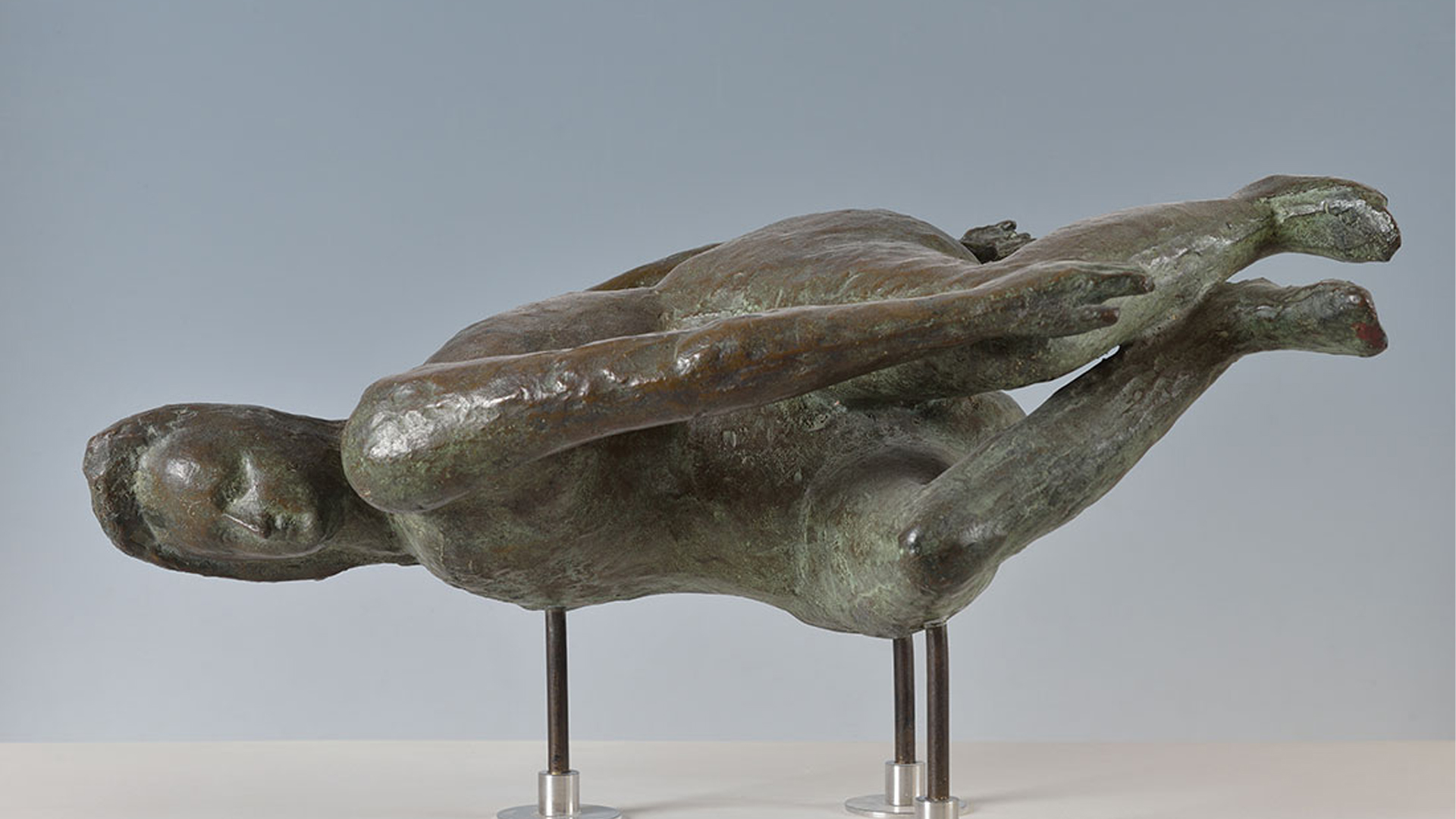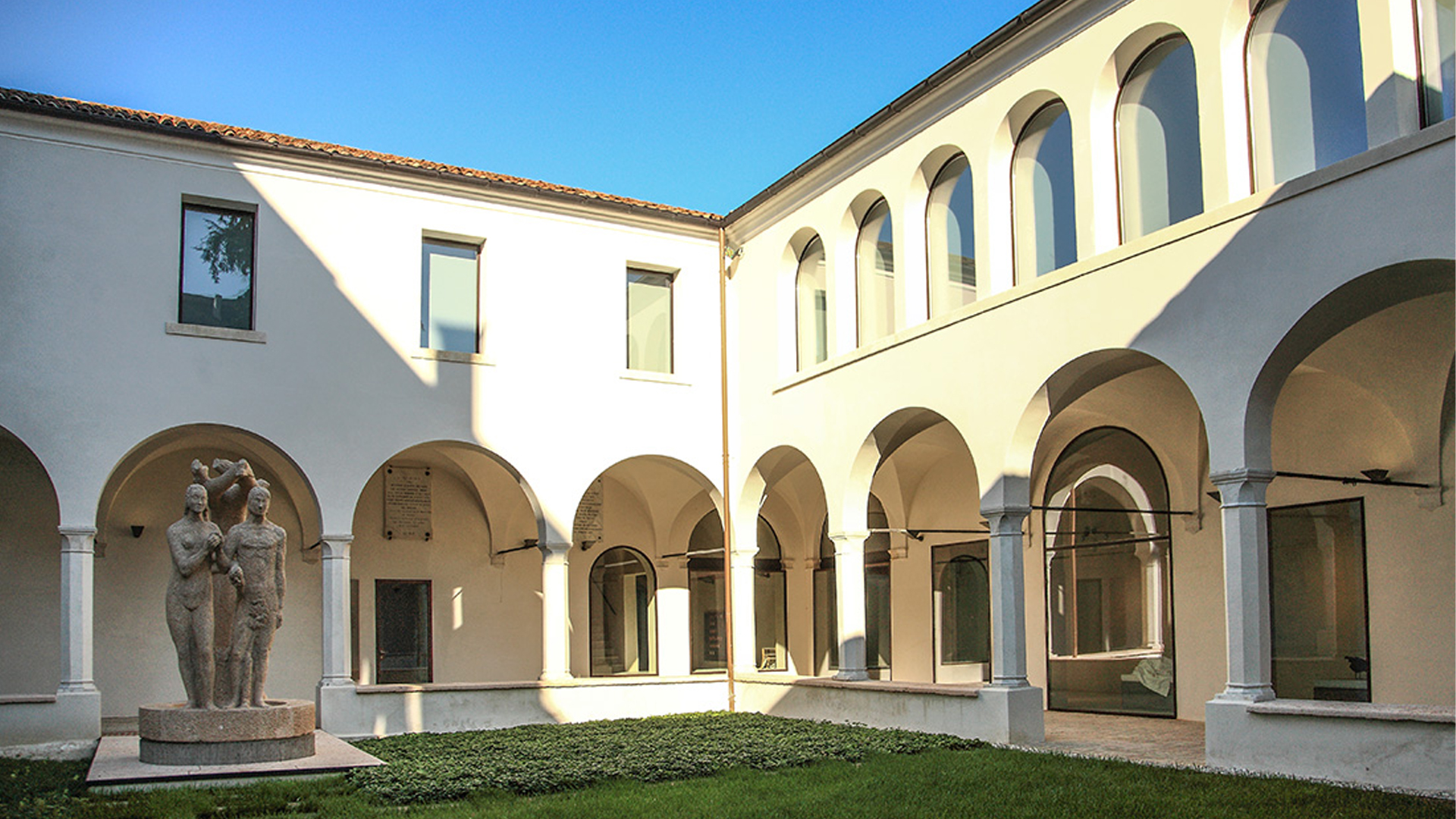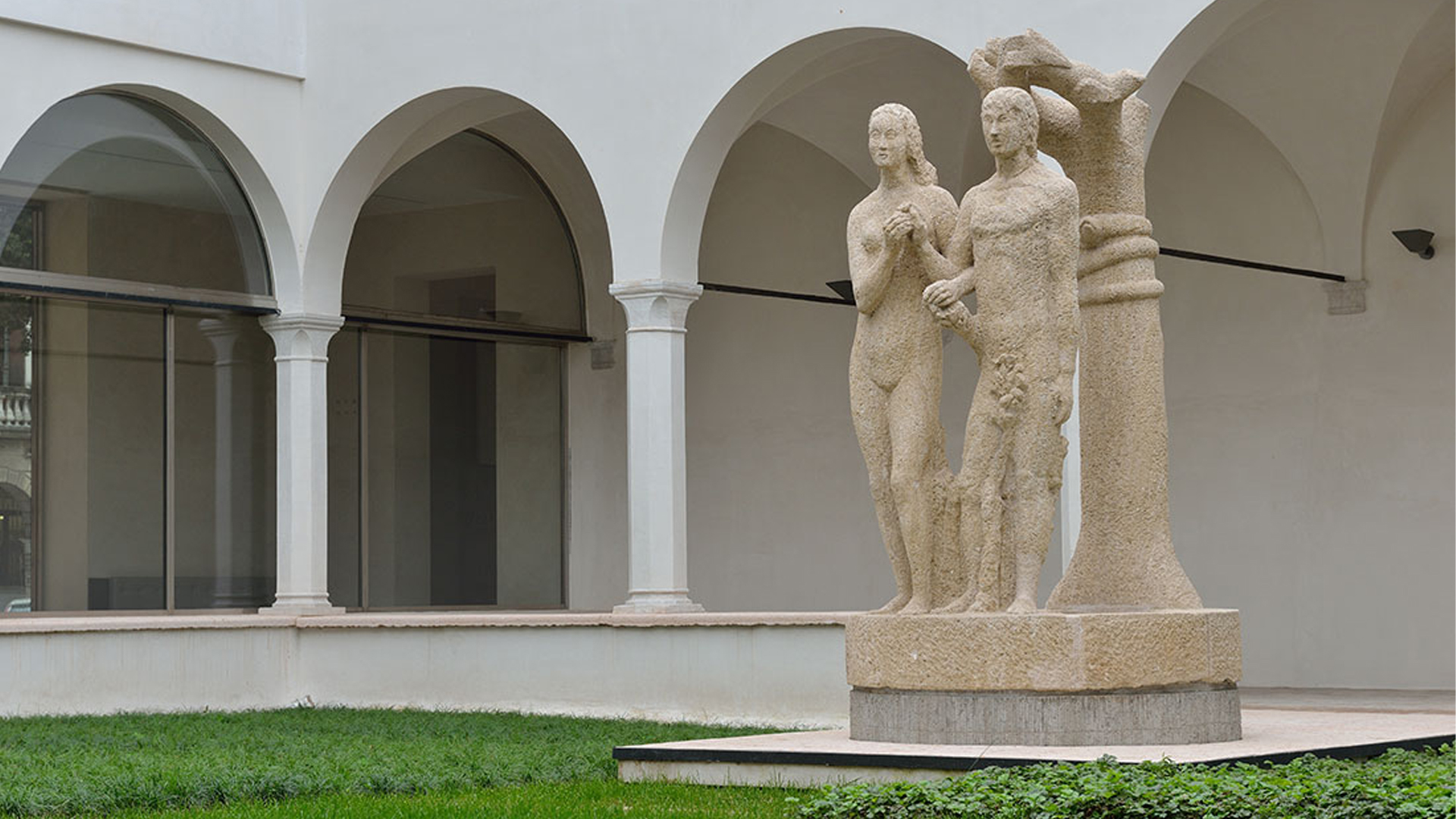The full breadth of work of Arturo Martini, an Italian sculptor and painter who changed the perception of sculpture in Italy and abroad during the 20th century, will be put on display at the Luigi Bailo Museum from March 31 to July 30.
The Luigi Bailo Museum, located in Treviso, a city in the northern Veneto region, is hosting an exhibit titled “Arturo Martini. Masterpieces,” curated by Fabrizio Malachin and Nico Stringa. The exhibit chronicles the evolution of Martini’s work throughout his career and aims to highlight the sculptor's role in shaping the concepts and trajectory of 20th-century European sculpture.

(Photo Credit: museicivicitreviso.it)
Martini’s Life and Artistic Accomplishments
Born in 1889 in Treviso, Martini was considered to be the leading sculptor in Italy during the 20th century. He was particularly active during the World Wars, producing some of his most famous artworks during this period.
Martini took part in major Italian exhibitions in the 1930s, including the Venice Biennale and the Rome Quadriennale, where he won the first prize in sculpture in 1931, according to Google Arts and Culture. At these exhibitions, he presented sculptures with big impacts, many of which drew upon ancient architecture and history.
For example, his 1934 stone sculpture titled “La sete” (Thirst) depicting a figure crouched on the floor, was part of a larger series inspired by the Pompeii discoveries, particularly the plaster casts of citizens captured in their final moments. The sculptor was particularly renowned for capturing the fluidity and tension of physical movement in his sculptures, adding a realistic dimension to his figures.

(Photo Credit: museicivicitreviso.it)
“Arturo Martini. Masterpieces,” Exhibit Plan
According to Finestre sull’Arte, an online focused on ancient and contemporary Italian art, the exhibit will be divided into five sections which explore the trajectory of Martini’s work throughout his career, both in terms of impact and mediums. The first section, a permanent exhibit on display at the Luigi Bailo Museum, will retrace the years of his apprenticeship, followed by his first exhibitions in Treviso and Venice, cities where he won his first awards. This section will include sculptures, plaster and concrete works, according to Finestre sull’Arte.
The second section will focus on his great masterpieces, including the 1933 bronze sculpture of the “Lion of Monterosso - Chimera,” and the bronze 1927 sculpture “Prodigal Son.” The third section will be dedicated to majolica, small-scale sculptures Martini typically realized in terracotta.
The fourth section will highlight Martini’s work as a painter and present his cheramographs, a term and technique he invented that involved creating a printing plate using a clay base, according to Musei Civici Treviso. The fifth section, titled “La Maturità nei capolavori del Bailo” (Maturity in the Bailo’s Masterpieces,” will be devoted to bronze sculptures, drawings, graphics, and painting from the late 1920s through the early 1930s.
Asia London Palomba
Asia London Palomba is a trilingual freelance journalist from Rome, Italy. In the past, her work on culture, travel, and history has been published in The Boston Globe, Atlas Obscura, The Christian Science Monitor, and Grub Street, New York Magazine's food section. In her free time, Asia enjoys traveling home to Italy to spend time with family and friends, drinking Hugo Spritzes, and making her nonna's homemade cavatelli.

